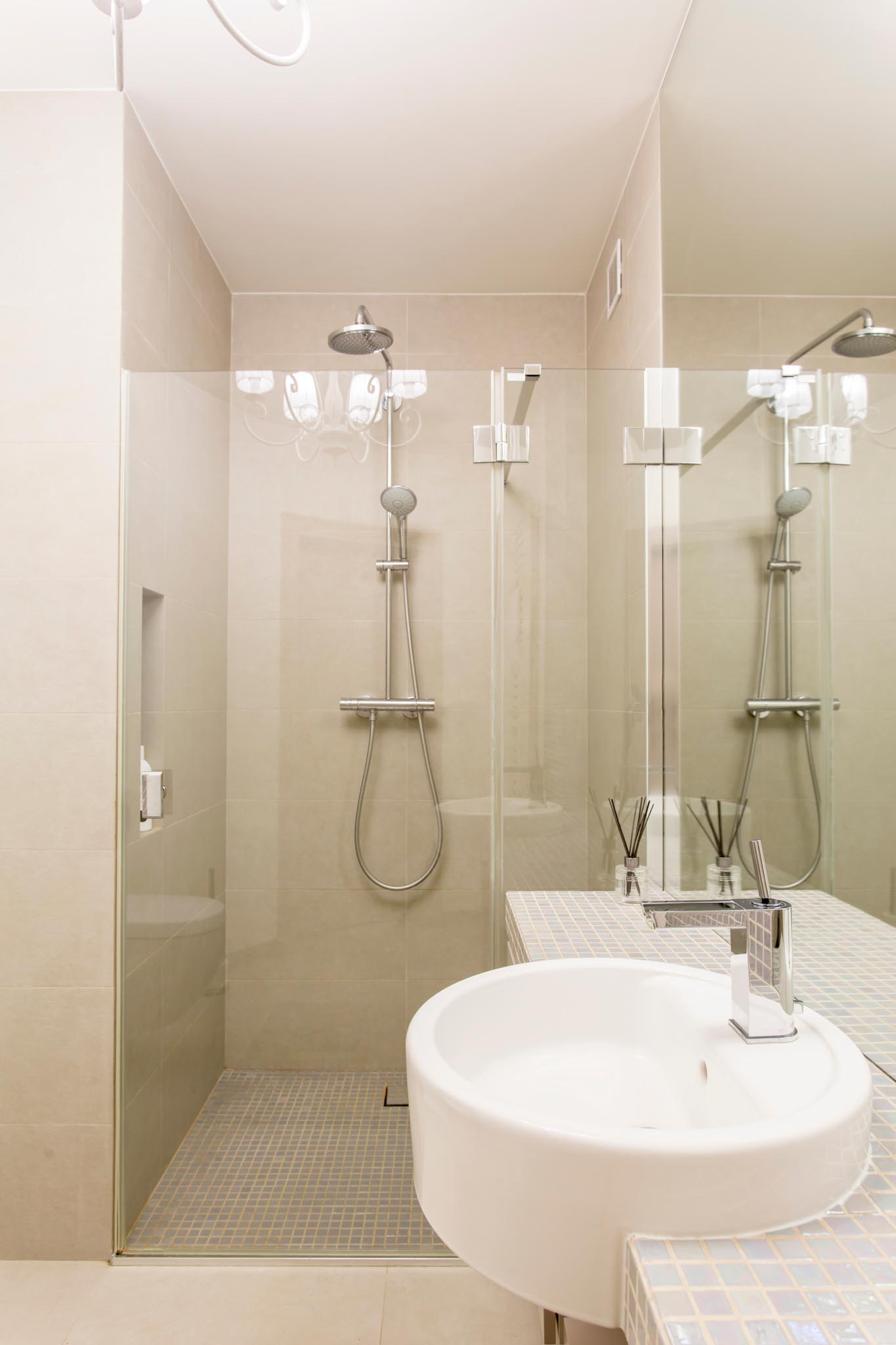Timing is everything in remodeling

Remodeling is a great opportunity to add energy efficiency improvements to your scope of work. You’re on the right track by doing this in the planning stages.
Besides the obvious choices like installing LED lighting, here are a few examples of energy efficiency upgrades for common projects.
Kitchen remodel
If your kitchen remodel includes new appliances, buy efficient ENERGY STAR-rated models. Check out kitchen faucet options with multiple flow-rate settings that use a lower flow rate when you’re washing dishes, for example, but can be switched to quickly fill a pot for cooking.
Bathroom or basement
Include a high-performance showerhead in your improvements; look for the WaterSense logo for showerheads, faucets and toilets, which helps ensure performance and efficient water use standards. Faucet aerators conserve water and save energy used to heat water.
One way to save energy in a basement is to air seal and insulate the sill plate and rim joist—the framing between the concrete foundation and the main level floor. If the basement has concrete walls, consider making it a more comfortable living space by building and insulating walls around its perimeter.
Often, remodeling requires work in the attic for new lighting or venting bath or kitchen fans to the outside. During any project that takes you into the attic, check insulation levels and add more if needed.
Chargers and water heaters
Depending on the project’s scope, this might be a good time to add power supply for an electric vehicle charger or to upgrade your electric storage water heater to a hybrid—or heat pump—water heater, which is 70% more efficient than a standard electric model.
MIRANDA BOUTELLE writes on energy efficiency for the National Rural Electric Cooperative Association.

